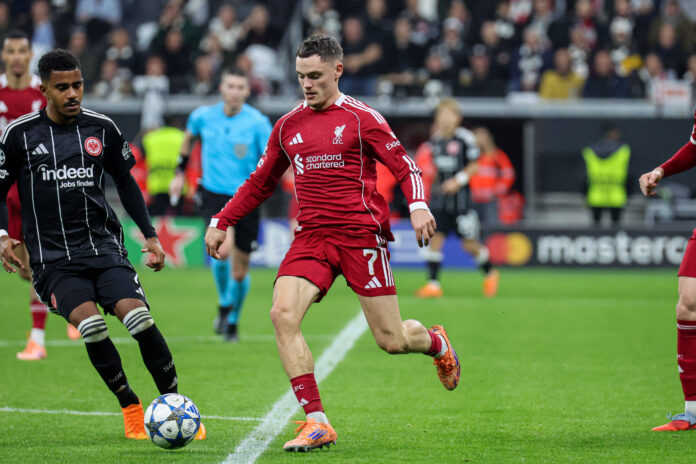It’s one of the most enduring and romantic narratives in all of sports: the existence of the “clutch” player. It’s Michael Jordan hitting the game-winning shot as the clock expires, Tom Brady leading a last-minute drive to win the Super Bowl, or a tennis player delivering an ace on match point. We see it, we feel it, and we believe it. The story tells us that certain elite athletes possess an almost mythical quality—a “clutch gene”—that allows them to elevate their game when the pressure is at its absolute peak. They don’t just endure the stress; they thrive in it, becoming better, sharper, and more decisive when everything is on the line.
This belief is deeply ingrained in how we consume and discuss sports. We build legacies around these moments, separating the good players from the truly great ones based on their perceived performance in high-stakes situations. But what if this powerful narrative is more feeling than fact? In an era of advanced analytics and sports science, a growing body of evidence is challenging this long-held belief. The data suggests that what we perceive as “clutch” performance might be less about a mystical ability to rise to the occasion and more about a combination of statistical randomness, confirmation bias, and the exceptional consistency of elite athletes.
The concept of performing under pressure is a fascinating one that extends beyond the sports arena. It touches upon the core of human psychology and decision-making in high-stakes environments. This same dynamic is explored in various competitive fields, from financial trading to strategic gaming. In the world of online entertainment, platforms like ice casino offer games of skill and chance where players must manage risk and make decisions under pressure, providing a microcosm of the same psychological challenges that athletes face. The question remains the same across all these domains: Do some individuals possess an innate ability to conquer pressure, or is sustained success simply the result of a solid, repeatable process?
The Statistical Reality: Consistency, Not Elevation
For decades, the clutch narrative was fueled by anecdotal evidence and memorable highlights. Today, data analysts can scrutinize every single play of a player’s career. When they isolate “high-leverage” or “clutch” situations—such as the final two minutes of a close basketball game or a penalty shootout in football—and compare a player’s performance statistics to their baseline, the results are surprising.
For the vast majority of athletes, including many of the biggest stars, their performance metrics (like shooting percentage, pass accuracy, or batting average) do not significantly increase in clutch situations. In fact, for many, performance slightly declines due to the increased difficulty and defensive attention. So, what are we seeing? The data suggests that the truly great players aren’t necessarily better under pressure; they are simply so consistently excellent that their baseline performance is already at a level most others can only dream of reaching. Their greatness lies in their ability to maintain their elite skill level even when the pressure causes a slight dip, a dip that would be catastrophic for a lesser player. A star player shooting 48% instead of their usual 50% in a clutch moment is still far more valuable than an average player dropping from 38% to 30%.
Psychological Factors at Play
If the stats don’t always show a dramatic leap, why are we so convinced of the clutch gene? A few powerful psychological biases are at work.
- Confirmation bias. We expect stars to succeed, so we remember the times they deliver and forget the times they don’t. A game-winning shot becomes an indelible part of a player’s legacy, while a miss is often dismissed as a fluke or forgotten entirely.
- The narrative fallacy. Humans are wired to love good stories. The tale of a hero overcoming immense pressure is far more compelling than a story about statistical probability and regression to the mean. We fit the events into a narrative that makes sense to us emotionally.
- The fearlessness of the elite. While their performance may not spike, elite athletes often possess a unique psychological makeup. They have supreme confidence in their abilities, honed over thousands of hours of practice. This doesn’t mean they don’t feel pressure, but they have developed coping mechanisms and a resilience that prevents the pressure from causing a complete collapse. They are not afraid to take the final shot and accept the consequences, a trait that is in itself rare and valuable.
The analytics revolution doesn’t seek to diminish the achievements of our sporting heroes. Michael Jordan’s final shot or Tom Brady’s comeback drives remain legendary feats of skill and composure. However, the data encourages us to redefine what “clutch” really means. It’s not about a magical transformation under pressure. It’s about an unwavering, almost inhuman consistency in the face of chaos. The greatest players are not those who suddenly become superhuman in the final moments; they are the ones who manage to remain exceptionally good while everyone else around them succumbs to the pressure. That, in itself, is a far more impressive and realistic measure of true greatness.




